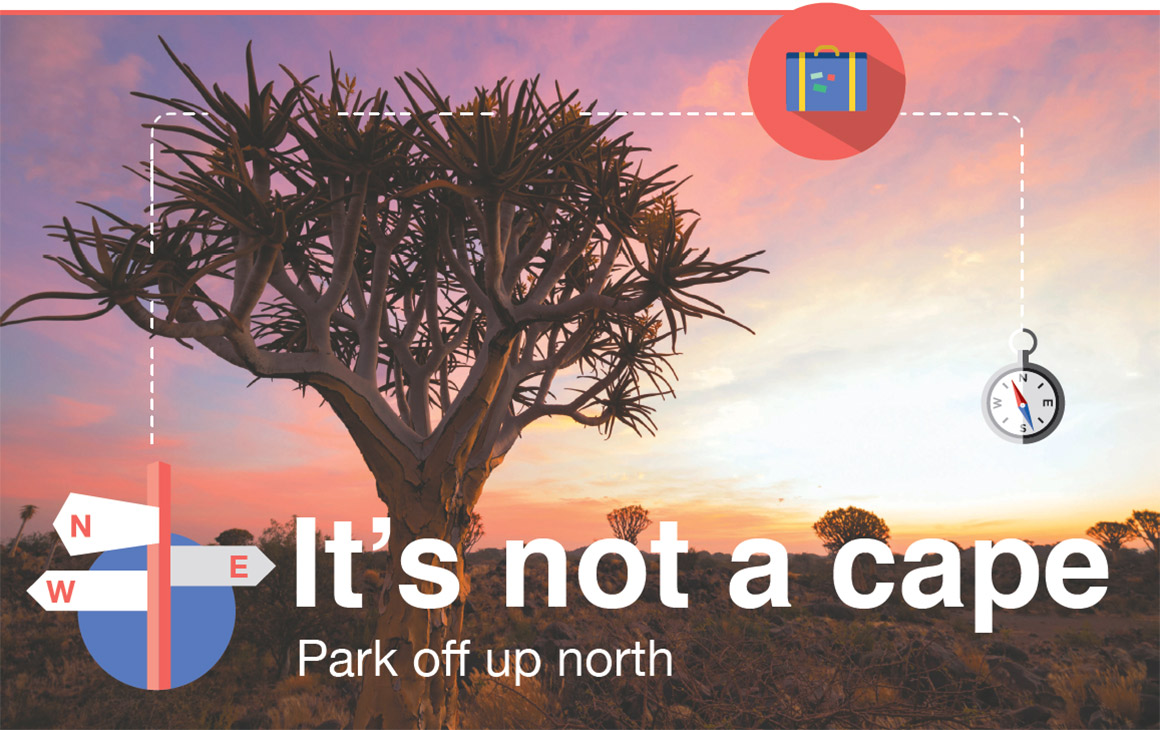
It may be called the Northern Cape; it is in the north and a part of it borders on the Western Cape – but the rest is deep inside the country. This, our biggest province, makes up almost a third of South Africa.
So in reality, it is not a cape. It borders two countries – Namibia and Botswana – and four provinces: North West, Free State, Eastern and Western Cape. It stretches from Kimberley, which is in line with Bloemfontein, to Springbok, right near the Atlantic Ocean.
There is a lot of space for people. Except there aren’t many: only about 2.5% of South Africa’s population lives there.
But it does have good roads, major economic arteries managed by SANRAL – N7, N8, N10, N12, N14, R27 and R31. Apart from space, it has one other thing that is unusual: its motto was the first officially registered in a Khoisan language, which in translation, means “We go to a better life”.
When it comes to public parks, this province certainly has its fair share. North of Cape Town – or south of Calvinia, depending on where you’re coming from – is the Tankwa Karoo National Park, known for its visual delights in the flower season, its surreal desert moonscapes and its spectacular birdlife. It is a great stopover for those looking for at least 18 Karoo endemics. And it is place of silence. People go there just to be; to find tranquillity.
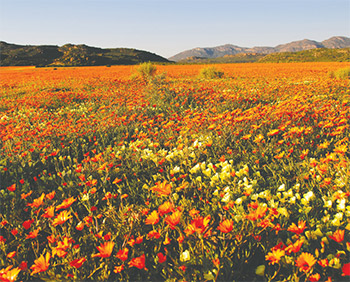
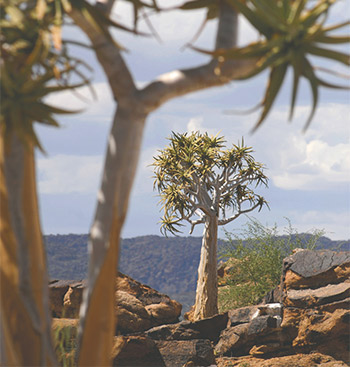
Five hundred kilometres north of Cape Town is the Namaqua National Park. It was only proclaimed in 2002, to conserve the rich biodiversity of succulent plants, and is one of 34 world biodiversity hotspots.
It lies in the succulent Karoo Bioregion, which has some 16% of the world’s 10 000 succulent plant species and is thus well worth visiting – also because of its special fauna, such as monkey beetles, bee flies, vasid wasps and scorpions.
Stuck in the northernmost part of the province, bordering on Namibia and spilling over into the neighbouring country to form a transfrontier conservation area, is the Richtersveld National Park. It is managed jointly by the local Nama people and South African National Parks. It is a harsh and unforgiving land, where only 4x4 vehicles are allowed.
It is known for its birdlife and unusual plant species abound. Keep an eye open for the Hartmann’s Mountain Zebra.
Further inland is another bit of crossborder cooperation, in the form of the Kgalagadi Transfrontier Park, between South Africa and Botswana, lying in the southern Kalahari Desert. Through it run the dry riverbeds of the
Nossob and Auob rivers, where water flows underground and thus provides some life for whatever sparse vegetation there is. There is also varied and abundant wildlife.
Staying over means that special arrangements are necessary if you’re not sticking to the few camps. Facilities are few and very far from each other. It needs some planning in advance to make the most of this vast area of spectacular red sand dunes.
Further inland is the Augrabies Falls National Park, known as the ‘place of the great noise’, because the waters of the Orange River thunders 54m downwards. The falls are well worth seeing and staying over might mean that a visitor gets a glimpse of the endangered black rhino. Also, don’t miss the quiver tree (Kokerboom) – so named because its soft branches were used to make quivers for arrows.
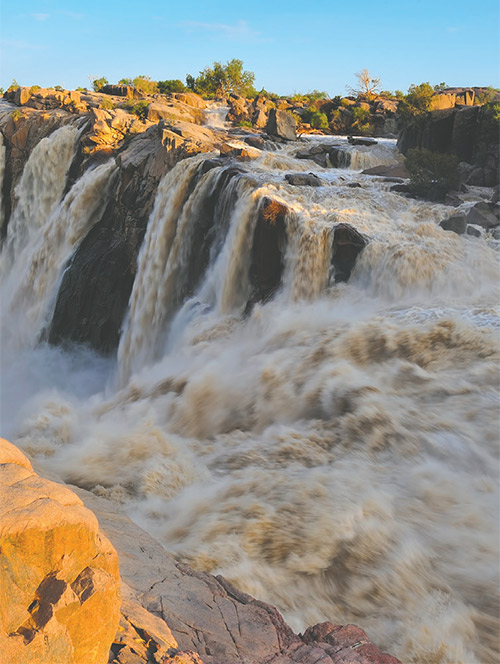
So it may not be a cape as the word is usually understood, but it certainly has enough space to house a variety of national parks where you can go to find your soul again.
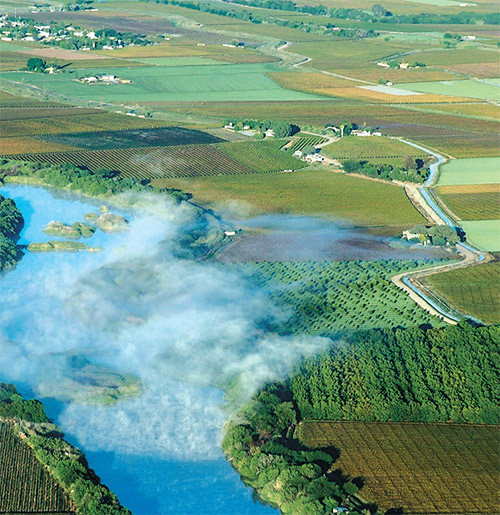
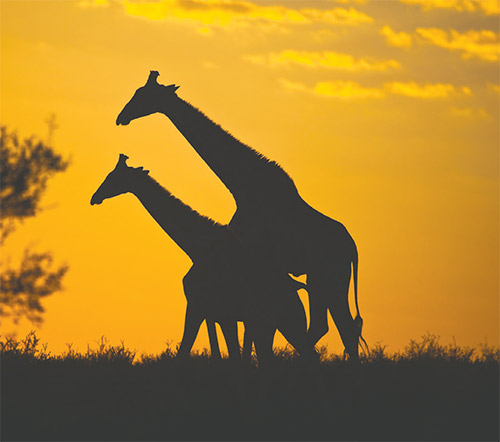
Northern Cape Top 5
1. Tankwa Karoo National Park
2. Namaqua National Park
3. Richtersveld National Park
4. Kgalagadi Transfrontier Park
5. Augrabies Falls National Park
 Building South Africa through better roads
Building South Africa through better roads